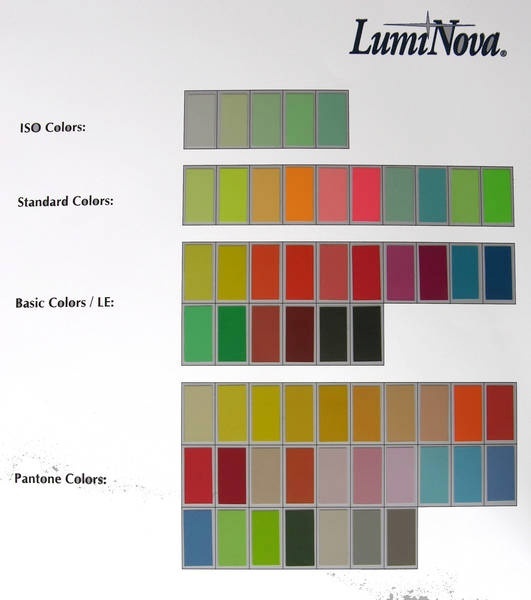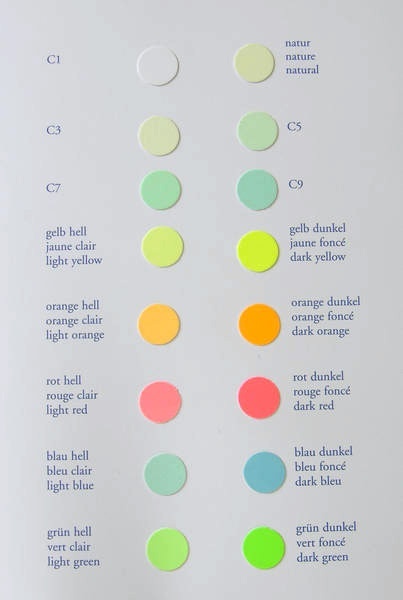
mkt33
[PuristS]
5252

Let's test the performance of various SuperLuminova variants
Let's test the performance of various SuperLuminova variants
by Marcus Hanke
by Marcus Hanke
Especially on sports watches, luminance is a vital design element: even when we are not diving in the depths of eternal submarine darkness
Some six years ago, I wanted to compare the luminosity of the non-radioactive SuperLuminova with that of the traditional tritium-activated phosphorus and conducted a small test, with the Ulysse Nardin Marine Diver being the the SuperLuminova candidate, and the classic IWC GST Aquatimer with its infamous tritium-SL-combination dial representing the other category. The outcome of the test was quite interesting:
ulyssenardin.watchprosite.com
During the following years, it has become a design trend to use not only the “classic”, greenish SuperLuminova as luminous substance on hour markers and hands, but to tint that in different colours. This permits a larger freedom in combining colours on watches and therefore offers a wider spectre of watch designs. Coloured SL is produced rather easily, since the the original state of SL is that of a fine granulate or powder, that is bound by liquid substance to be applied on dials and hands. Any colour pigments can be added to the SL granulate in order to achieve the desired effect. This can go so far as to add black pigments that result in a black marker or hand that glows in the darkness. Nemoto, the inventor company of SuperLuminova, and its main license partner in Switzerland, Tritec, offer a wide array of colours. Currently, the use of tinted SL became popular to simulate the appearance of old and yellowed phosphor on vintage timepieces.


Luminova colour charts by Nemoto (left) and Tritec (right)
However, this freedom of design comes at a price: the colour pigments reduce the intensity and duration of the SL’s phosphorescence. In the case of black-tinted SuperLuminova this even leads to nearly complete ineffectiveness, which raises the question why someone would spend the money for non-luminescent luminous mass?
Click below to continue reading Dr. Hanke's excellent article.

Let's test the performance of various SuperLuminova variants
Let's test the performance of various SuperLuminova variants by Marcus Hanke Especially on sports watches, luminance is a vital design element: even when we are not diving in the depths of eternal submarine darkness Some six years ago, I wanted to compare...